Lavender is a color to adore. This much is true. One of the most iconic and unforgettable sights one could see is row after row of lavender flowers, striated like cornrows on a brownish green field. The color, just like the flower it takes its name from, is always fresh in fashion, especially in interior decoration.
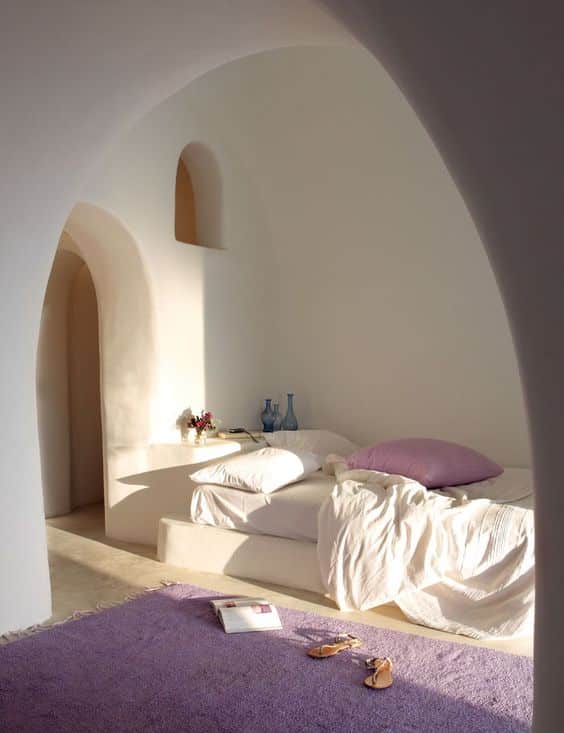
via pinterest
What is lavender color?
Often confused for purple and violet, colors that themselves are confused with each other, lavender is a mixture of white and purple.
But lavender itself has several shades that go along very well with other colors, primarily white and grey, and with each other.
Lavender Blush is the lightest shade on the card, pale and with a pinkish hue, it has more way more white than purple. It can be used as a substitute for white, all the while adding that subtle color to your palette. It also adds more volume to a dining table, for the same reasons white would be substituted elsewhere.
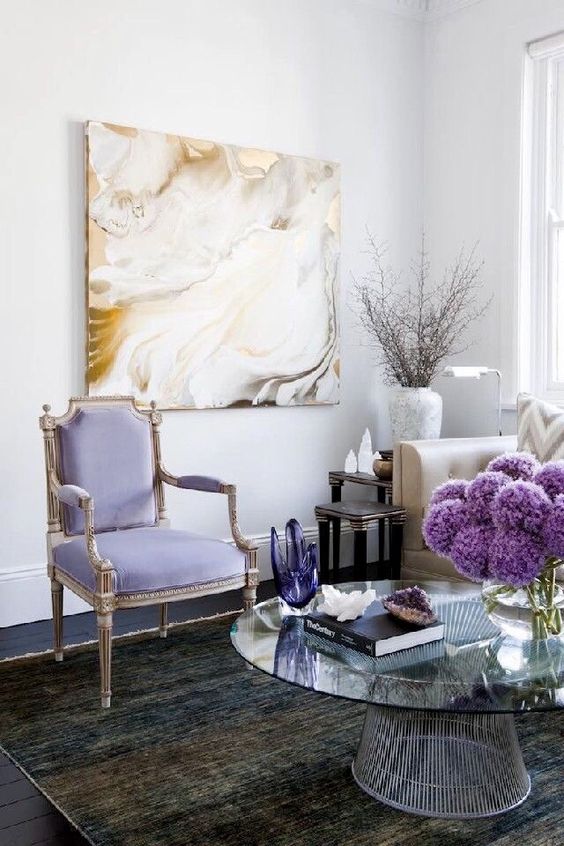
via pinterest
It contrasts well with chairs for the set that display a stronger shade of lavender, like Languid. The latter tone is developed using a system designed in 1948 called Plochere Color System, a technique popular with interior designers.
For your walls, especially if you’re going for a single colored wall display, Wisteria is the shade of choice. Bold and attention seeking, it dominates the spectrum of any room, more so if other walls around it are of lighter tones. A Wisteria colored wall also gives you the option to dictate the hierarchy of shades in your room, wherein it is the strongest of the lot.
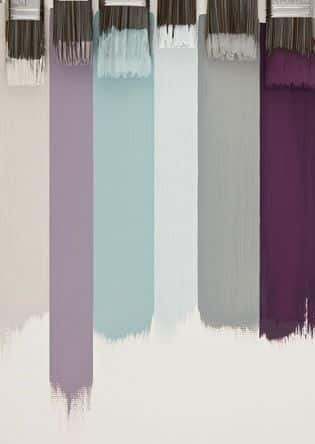
via pinterest
Types of lavender combos
Lavender Floral, the color with the same shade of the flower, and Amethyst are two contestants for Wisteria in the hotter range of the shade card and can substitute it seamlessly as the primary color in your scheme.

via pinterest
Heliotrope, a bright shade, and Lavender pink are beautiful options for pillow covers, quilt covers, and curtains. Lavender blue, also known as Periwinkle, is a lovely shade for the couch and cushions. It also is used as a wall or ceiling color.
Before we venture into the darker spectrum, English Lavender is a sufficiently medium-toned shade that goes perfectly for just about anything cloth based.
Old lavender is more gray than purple and works best when used a contrast for other shades. Doormats, towels, tablecloths, mugs, cabinets and window frames benefit with its dull yet not lifeless charm.
Flaunting the color gray in its name, lavender gray is one of the original four derivations of the color lavender and has a bluish-gray paleness to it. It has a metallic appeal and can be used as a substitute for gray and silver.
But, what about other colors? Does lavender only work with white and gray?
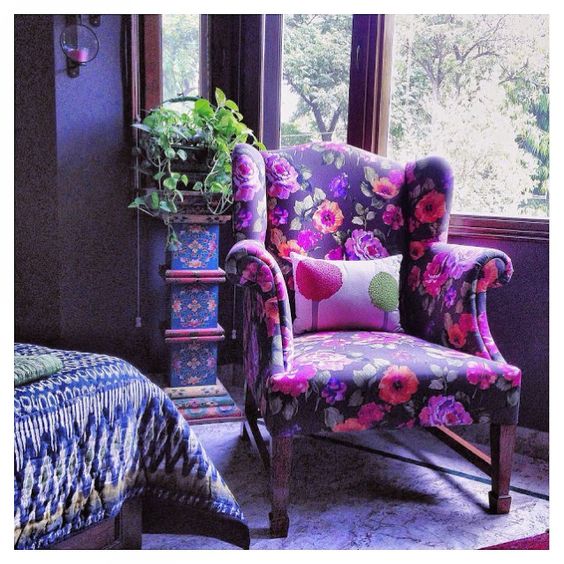
via pinterest
Not really.
Other Colors
Silver is a striking color to go with lavender, especially its stronger shades. Imagine a room with an alternating application of both these colors. Quite fascinating.
But, we are still lurking in the territory of colors that do not touch the other peppy spectrum.
So, yellow? Yes. Especially dandelion, which coincidentally gets its name from a flower too, is a worthy ally for our color of honor. It brings a more 60s vibe – the usage of both. A wall or two dandelion colored, with a lavender furniture theme works well for a living room, while placing both with greens and whites in a room is a splash full of vibrancy, more when chartreuse comes in the mix. Conversely, lavender themed walls with stray appearances of dandelion or chartreuse furniture and doors (or windows) give you more option for experimentation with differently colored furniture.
Pink is a complementary color, a companion of lavender that almost never fails to fit. If your idea is to have your cloth and furniture lavender heavy, then pink walls with a white ceiling balance the environment.
Black as a secondary color and lavender as primary is a lucrative option for decoration. Lavender colored sofa sets dappled with black or black and white striated cloth pieces or the same pattern used for a bed and pillows is a rare yet exciting choice. Similarly, black can be used through vases, pots, dining table and chairs, and cabinets.
Some people like to use all shades of lavender in their setting, and even though a few such endeavors result in being too shocking on the eyes, creative use of the entire shade card has unexpectedly pleasant outcomes. Turning the shade card into layers for multi-folded curtains or quilts is one such option.

via pinterest
Using the greyer tones for furniture, brighter ones for the cloth and the lighter ones for the walls is the kind of balance a Jedi master would yearn for. This setting can be further improved upon by introducing fuchsia and scarlet to your environment, whether it be in the form of a door, or a frame on the wall, or cushions. A small swing in the living room, or a stool in the bedroom works as well.
Similar to the options above, using movable and small installations of contrasting colors in a lavender color dominated room helps you add more color without making major changes to the long-term look of the place.

via pinterest
Your last option, and last here is subjective because once you open your mind to experimentations, there is no telling where ideas finally stop, is to use lavender as your secondary color and use it in small dosages. The easiest way to do this is by maintaining lavender flowers in vases on your dining table or side table, or by buying a set of lavender colored crockery.
Conclusion
Lavender color is one of nature’s most stunning colors, and it never ceases to give you options for interior decoration. But, it also works for outdoors, like your door, your roof, and your grill.
So, take that book of shades and let your imagination run wild. There is no telling what you might conjure. And if you’ve run out of ideas, just grow a lavender garden in your backyard. There will be no shortage of people passing by and wowing at your lawn.
Lavender Color Interior Designs Follow
Cast a glance and surge inspiration, choose your favorite !


via nathanturner.com

via Pinterest
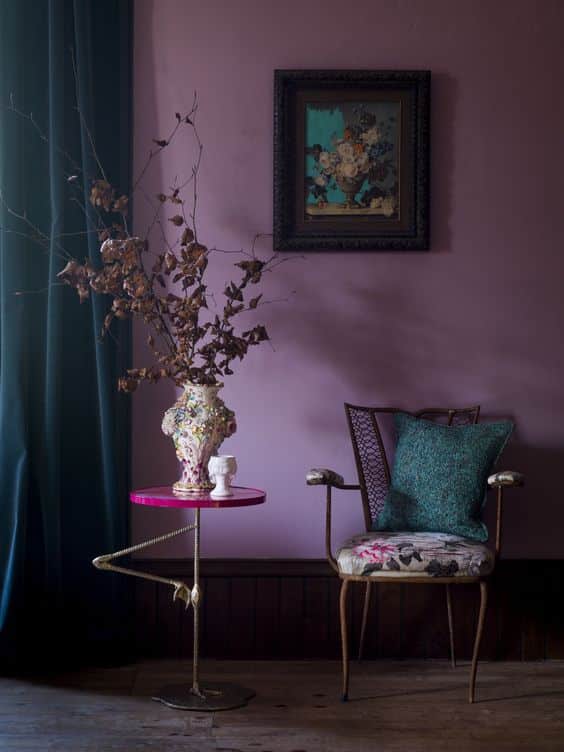
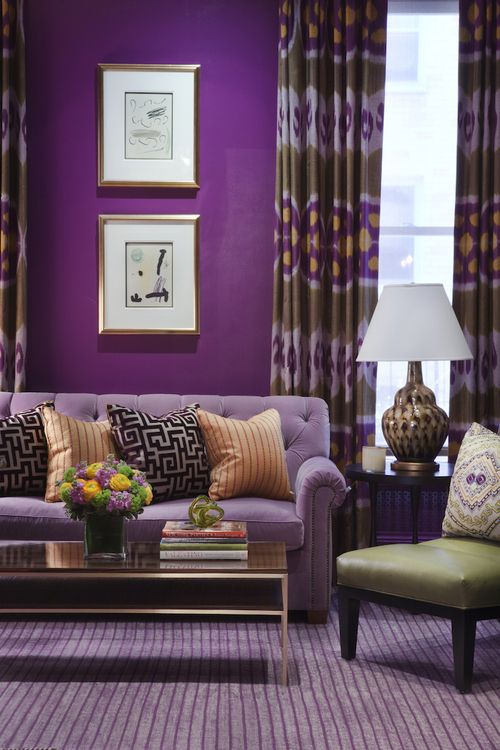
via decordesignreview.tumblr.com


via brabbu.com
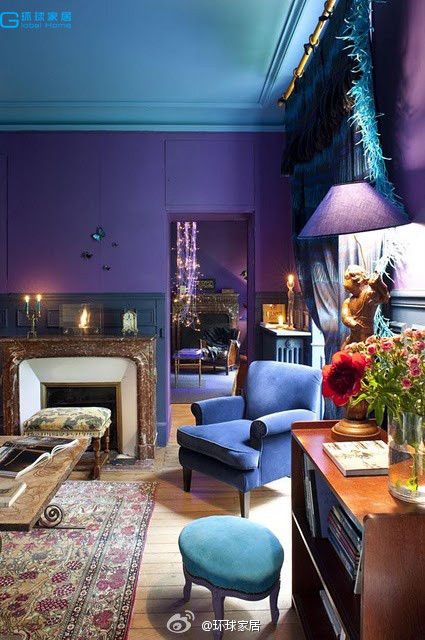
via duitang.com

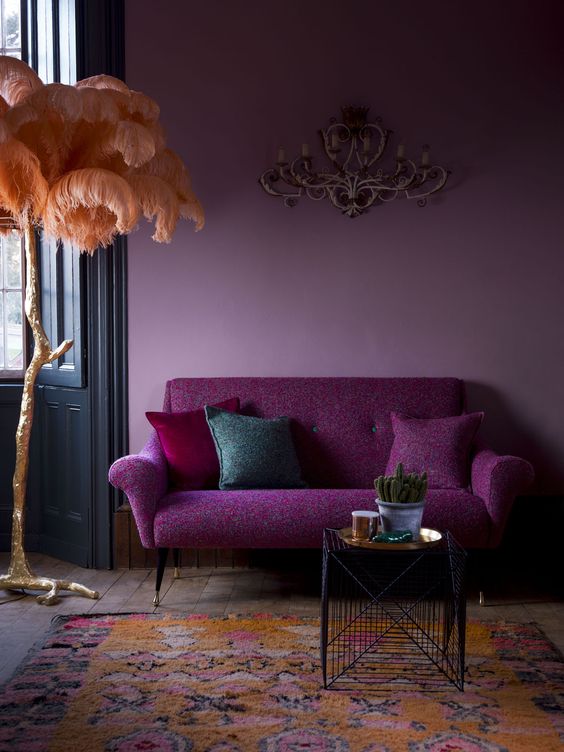
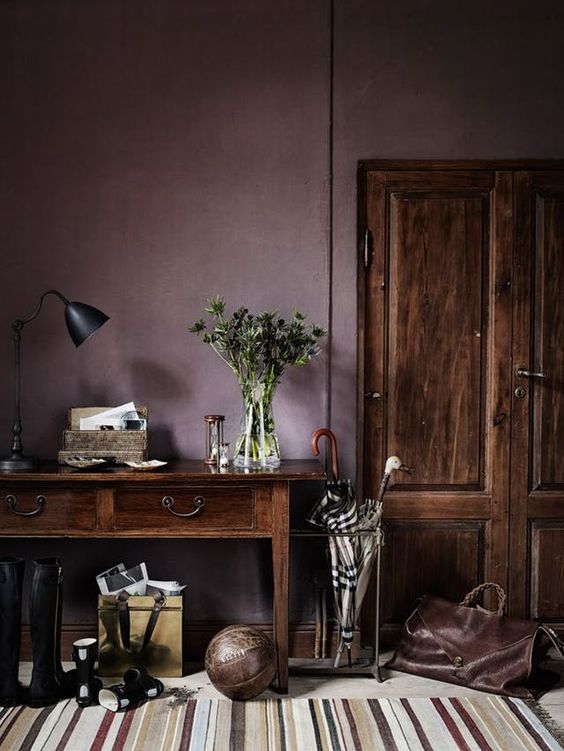
It goes without saying that above we miss the lavender color but one could imagine exact same setting thriving in lavender.
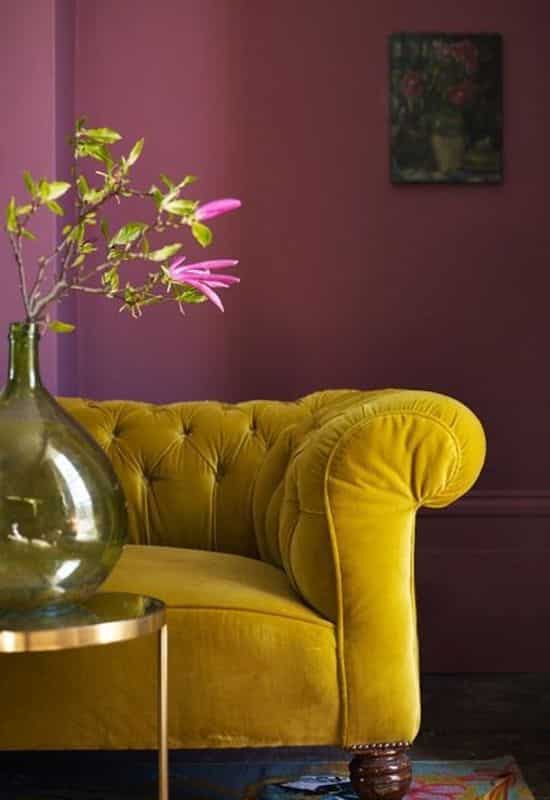
via Pinterest
What do you think ? We would love to hear from you in the comment section below.
Related Articles
What Color Goes With Chocolate Brown
What Color Goes With Navy Blue And White
What Color Goes With Purple And Green
What Color Goes With Black And Gold
What Color Goes With Tiffany Blue
What Is The Espresso Color? | + Design Ideas
Periwinkle Color 101 | All You Need To Know
What Walnut Color is and How It`s Used in Home Decor Today
What Color is Teal and How You Can Use It in Your Home Decor
What Color is Mikado and How You Can Use It
Learn What Taupe Color is and How You Should Actually Use It
Colors That Go With Gray and How to Decorate With Gray
Learn What Colors Go With Brown and How to Use Them
What Chartreuse Color Is and How to Use It in Home Decor Splendidly



